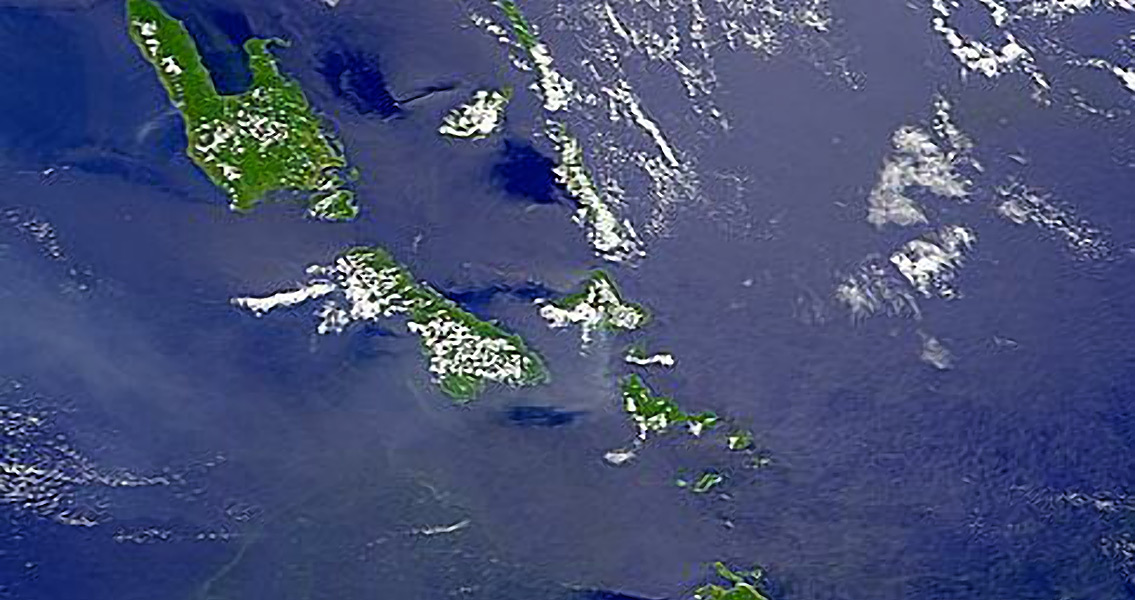<![CDATA[Researchers excavating in the island chain of Vanuatu more than 1,000 miles northeast of Australia have discovered a cemetery that could hold answers to the origins of Polynesians. According to Professor Matthew Spriggs from the Australian National University's School of Archaeology and Anthropology, the cemetery was first discovered in 2004 in the island chain. Located just outside Vanuatu’s capital, Port Vila, the site is considered to be the oldest of its kind in the entirety of the South Pacific. A total of 68 graves were excavated from 2004 to 2010, yet in a surprising turn of events only seven of the graves contained skulls – something that Professor Spriggs said in an interview with 666 ABC Canberra was likely to have been a consequence a burial ritual. However, the double-armful of skulls that were returned to their bodies have been instrumental in unlocking some of the particularly insistent questions regarding Polynesian migration into the region. Professor Spriggs and his fellow researchers say that while humanity had been present in the region for around 50,000 years in places like the Solomons, New Guinea and Australia, many of the smaller islands deeper in the pacific like New Caledonia, Fiji and Vanuatu remained uninhabited. This means that the remains found in Vanuatu were part of the first wave of migration to the island – a culture originating in Polynesia known as the Lapita. Polynesians have long been a thorn in the side of anthropologists and archaeologists alike as there seems to be no definitive route as to how the people migrated from their supposed origin point – Asia – to the regions they inhabit today. Many experts feel that the Polynesians might have migrated north from Asia, across the Bering Strait and then back south through the American continent before arriving in their modern-day locations, while other routes have been suggested as well. However, with Professor Spriggs and his colleagues’ work showcasing that Polynesians were present in locations such as Fiji, New Caledonia and Vanuatu before the arrival of anyone else – and then discovering that Melanesians originating further from the west arrived just a few hundred years afterwards – the giant holes in the story of the Polynesian diaspora have begun to be filled in. While today the inhabitants of Vanuatu physically resemble Melanesians rather than Polynesians, the researcher says that the difference is a product of generations of intermarriage. The skeletal remains found in the cemetery are understood to be highly similar in measurements and appearance to modern-day Asian and Polynesian populations. The next step will be to confirm the genealogy of the remains by subjecting them to DNA analysis. The research study that Spriggs and his colleagues published, which was completed in collaboration with the French National Centre for Scientific Research, can be found here ]]>
3,000 Year Old Skulls Give Clues to Polynesian Origins
